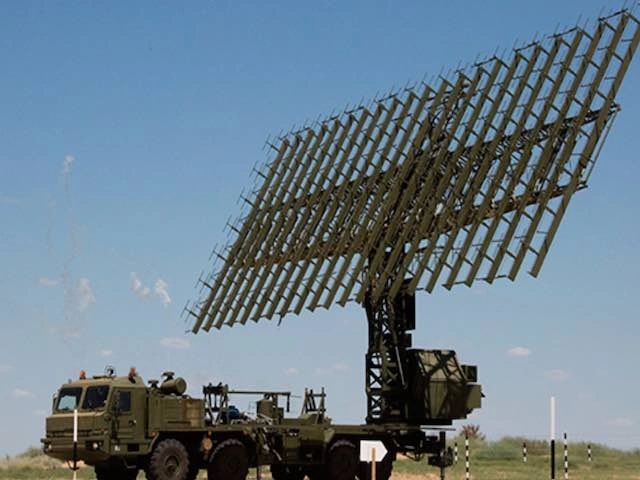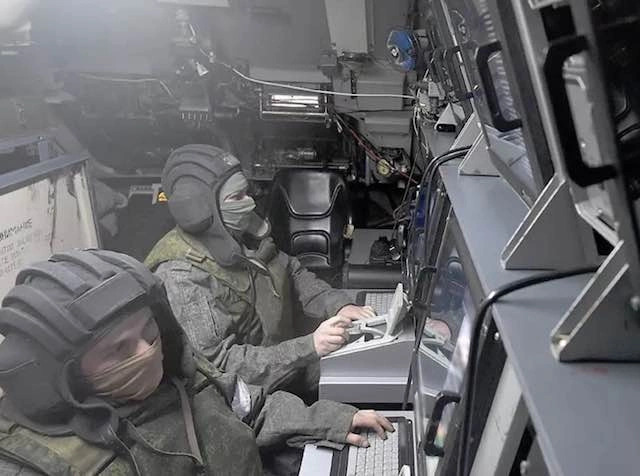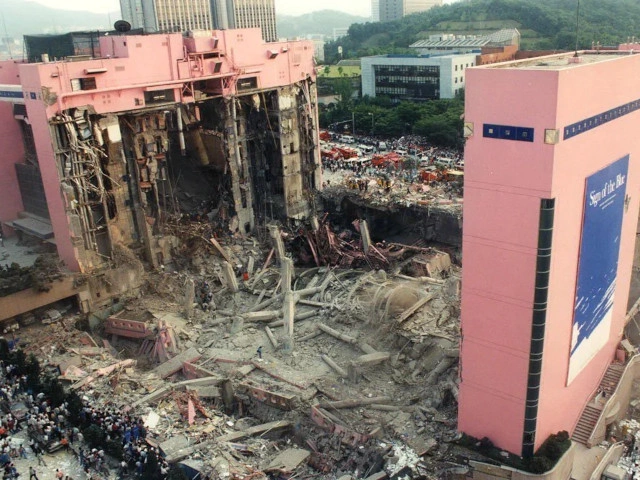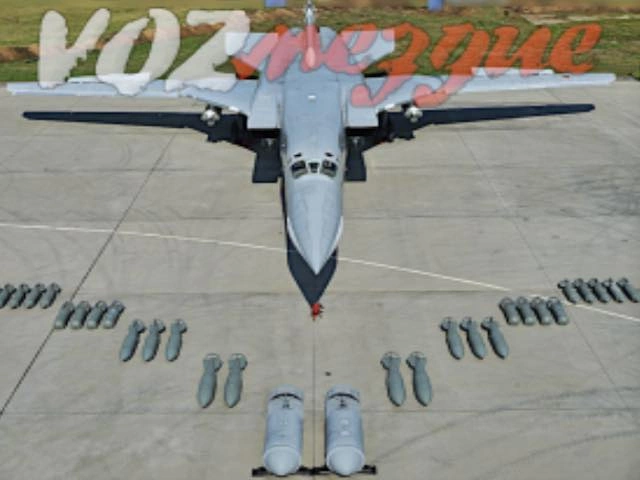
Additional air defense complexes and troops of the air defense forces have been deployed in the Belgorod, Bryansk, and Kursk regions, which are adjacent to Ukraine.
They cover the territory of the country up to the maximum possible range of enemy air attack means. All these assets are integrated into a unified system and are under a single command. This was announced by the Commander of the Air Defense and Missile Defense Troops, Deputy Commander-in-Chief of the Russian Aerospace Forces, Lieutenant General Andrey Demin.
"In the areas near the air defense operation zone, the number of units equipped with medium and long-range anti-aircraft missile systems (S-400, S-300PM2, S-350 - manufactured by Almaz-Antey Concern) has doubled, and the number of Pantsir-S anti-aircraft missile and gun systems has increased by more than five times," he said in an interview with "Krasnaya Zvezda" publication.
Demin also noted that over 50 mobile radar stations have been additionally deployed to detect airborne targets from the territory of Ukraine. In addition, round-the-clock air patrols of A-50U radar surveillance and guidance aircraft have been organized.
The ongoing special military operation in Ukraine has presented the command of the Russian Aerospace Forces with a number of new tasks. Their solution is directly related to the significant increase in the intensity of combat training of air defense and missile defense units and formations. "During 2022, a thousand times more guided anti-aircraft missiles were expended than during combat training events in 2021. This directly affects the level of readiness of specialists and the cohesion of air defense combat crews," said Demin.

According to him, it is premature to talk about reforms in the air defense and missile defense forces. However, they are undoubtedly planned and will be implemented, taking into account the experience of air defense missile troops. The goal of upcoming changes, the general noted, is to develop the branch of the armed forces aimed at improving the country's air defense system.
Demin also highlighted the fight against unmanned aerial vehicles (UAVs). He believes that there are almost no fundamental differences in countering American strategic drones such as the RQ-4 Global Hawk and MQ-9 Reaper, or Turkish tactical drones like the Bayraktar TB, compared to manned aviation. This is evidenced by the destruction of over 100 Bayraktar drones supplied to Kyiv during the entire period of the air defense missile troops' operation.
At the same time, dealing with tactical drones, which are typically small in size, has its peculiarities. "Due to the small effective reflecting surface of tactical UAVs, it is quite problematic to detect their flights using standard means of radar reconnaissance in service with our Armed Forces, and this is a global trend," explained the general.
Nevertheless, an effective means of destroying them has been found. Demin noted that in 2022, the first domestically produced complexes of reconnaissance and counteraction to tactical unmanned aerial vehicles, RLK-MC, were delivered to the units of the air defense forces.
According to the commander, such complexes are already providing cover for critically important military and state facilities, including in the special operation zone. They are capable of detecting tactical drones at low and extremely low altitudes at ranges of up to 20 kilometers.
The RLK-MC complexes provide target designation to air defense weapons and also carry out electronic jamming of control channels and satellite radio navigation of tactical drones. This creates a kind of electronic dome over the protected object.
"In the current year, several more of these systems will be delivered to the air defense and missile defense troops as part of the state defense order. And starting from 2024, defense industry enterprises will be delivering up to 20 complexes annually for the needs of our air defense forces," the general said.













0 comments